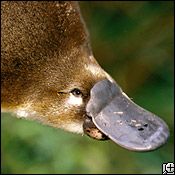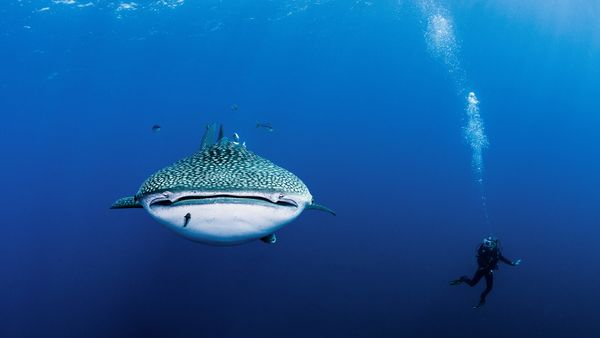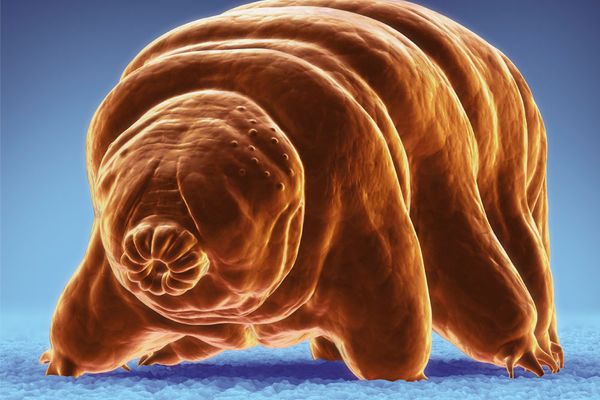Equipped with a flat tail and webbed feet, the duck-billed platypus can swim for extended periods underwater searching for food.
It uses its leathery bill to probe the soft stream bottom for small invertebrates, vertebrates, and plant material. The platypus stores the food it finds in its cheek pouches and moves up to the surface of the water to eat.
Advertisement
The female platypus lays her eggs in burrows in river banks. She lacks nipples and excretes milk from slits in her abdomen instead. When the eggs hatch, the young lap the mother's milk off her abdominal hairs.
The male platypus has poisonous glands embedded in his thighs. The glands are connected to spurs on his ankles. When he fights with another platypus or a predator, he can puncture his opponent with a spur, injecting the animal with poison.
In humans the poison produces local pain and sometimes paralysis of an entire limb.
Advertisement


